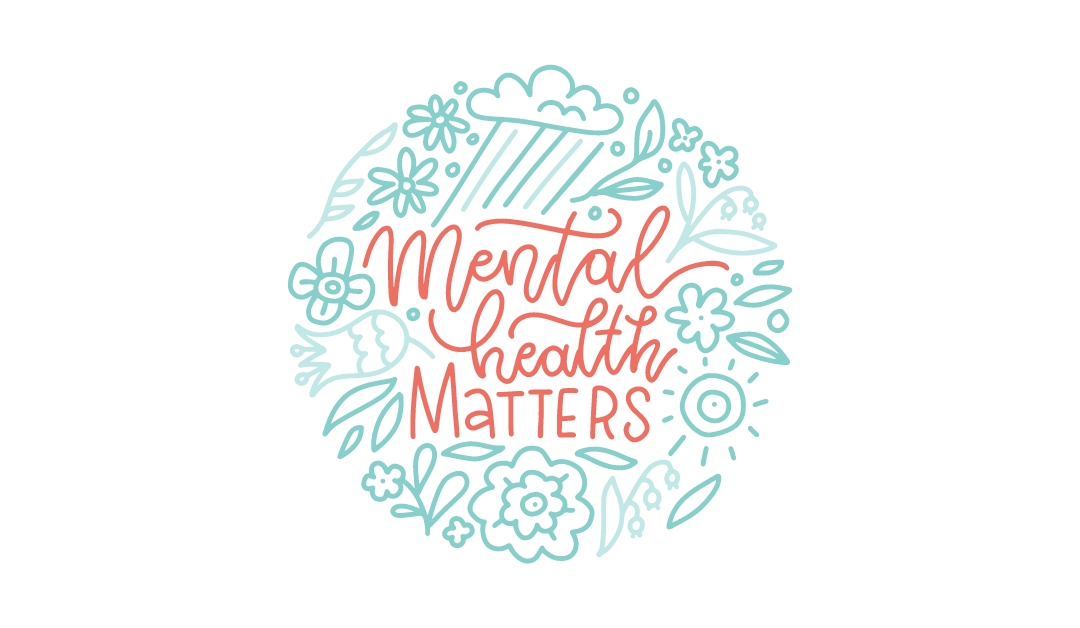
by Bag It Team | May 10, 2022 | Educational Articles
We all know that a cancer diagnosis can be life-changing for everyone. Its impact isn’t just reserved to the physical changes experienced by patients, but also the mental health toll it can have on patients, families, friends, and entire communities. In recognition of Mental Health Awareness Month, our team at Bag It would like to share some helpful tips for you and your loved ones to ease your journey to survivorship.
Change your environment (even for a short while)
Take a vacation with a loved one. Vacations offer many mental health benefits, including reducing depression and anxiety. Your vacation doesn’t need to be extensive; even a weekend road trip can help reduce stress. A study found that “a short, three-day leisure trip reduced perceived levels of stress and reduced levels of the ‘stress hormone’ cortisol.” Another option is to take some time to enjoy nature. A 15-30 minute walk outside offers a chance to get some fresh air and reset. Maybe a stroll at the park or a hike on a trail might do the trick.
Take advantage of support programs in your community
Support groups are a safe, confidential space to share experiences and connect with others navigating similar challenges. They are often available in person or virtual, and you may find one at a local religious group, cancer center, or local cancer nonprofit. Studies have shown that attending a support group can lead to a better quality of life due to improved mood, self-image, and increased coping ability.
Take some time to count sheep
Sleep plays a vital role in how our bodies recover. A lack of adequate sleep has previously been thought to result from depression, but “growing evidence suggests that poor sleep may induce or exacerbate depression.” Inadequate sleep can also lead to anxiety disorders and may become an added source of worry and hyperarousal, which is a key contributor to insomnia. So find a bedtime each day that works for you. Wind down with some relaxation techniques as part of your bedtime routine and maximize comfort with a great mattress, pillow, and bedding. Your body will thank you for it.
Let’s get physical
Exercise offers so many benefits beyond just building muscle and burning calories. Moderate exercise “relieves stress, improves memory, helps you sleep better, and boosts your overall mood.” No matter your age or fitness level, 30-minutes of moderate exercise five times a week can make a lot of difference. You`ll feel more relaxed and see a change in your self-image. Physical activity is also essential for managing some of the side effects of cancer, including fatigue, weight loss, weight gain, and cardiovascular issues. It also plays a role in survivorship by reducing inflammation and joint pain.
Additional information can be found in the booklet Living Well with Cancer and Beyond. So find a fun activity that works for you, and get started today!
Form your squad
People face so many challenges daily, and these challenges get even more complex after a cancer diagnosis. It’s natural for people to retreat alone and deal in silence, but it’s not always the healthiest route. Find family members or close friends you trust as members of your support network. Social interactions are good for our overall physical and mental health. Cancer doesn’t have to be the focus of every conversation, and you have the right to determine what you feel comfortable sharing with others. A laugh with friends or dinner at your favorite restaurant can also offer a greater sense of well-being and relieves pent-up stress or pain.
Talk to your provider
It’s ok not to be ok. You are not alone. If the challenges around you become overwhelming or you find yourself in a dark place, never be ashamed to seek help. Talk to your provider or find a licensed mental health professional near you. If you have insurance, you can often find a provider in your network by visiting your insurance plan’s website. You can also visit the Bag It Resource Center to find reliable resources.
If you or someone you know is struggling with suicidal thoughts, please contact the National Suicide Prevention Lifeline. They are available 24 hours a day, everyday, Call: 1-800-273-8255 or Text: “HELLO” to 741741
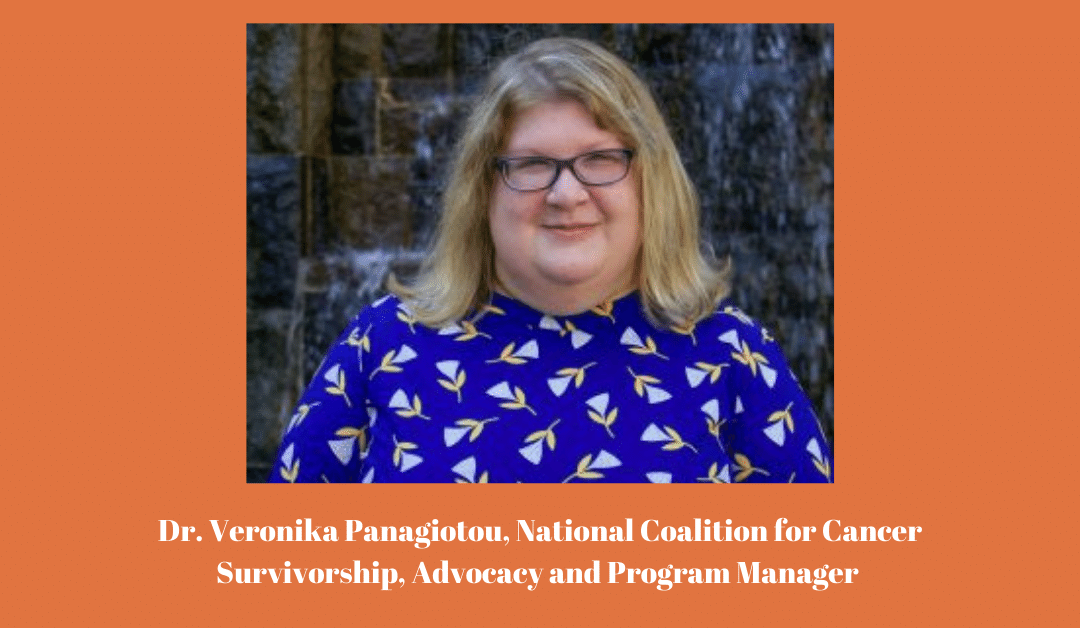
by Bag It Team | Apr 11, 2022 | Podcasts
In this episode of Bag It’s podcast, Your Guide Through Cancer, host and Executive Director, Mindy Griffith chats with Dr. Veronika Panagiotou, who currently serves as the advocacy and program manager at the National Coalition for Cancer Survivorship. She was diagnosed with Non-Hodgkin’s Lymphoma a few days after celebrating her 25th birthday. Eight years later, she uses her cancer diagnosis and the knowledge she has gained through the process to empower other cancer survivors to tell their stories and support their advocacy.
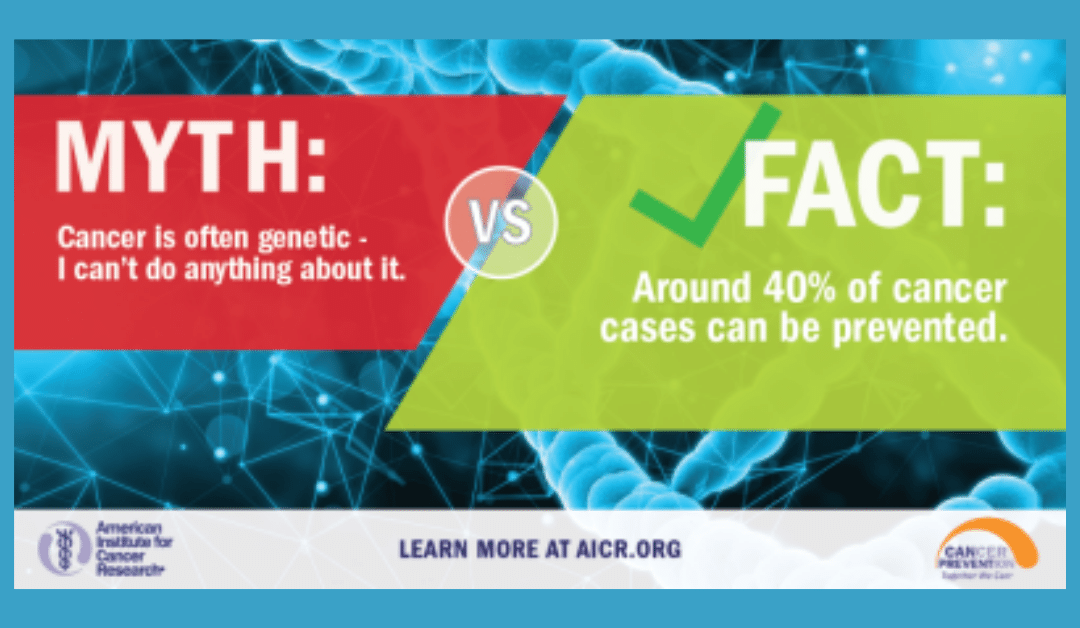
by Bag It Team | Feb 8, 2022 | Educational Articles
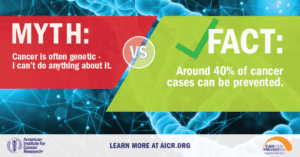
We wish we could say that all cancer is preventable if you just follow these steps, but that is not the case. However, research has shown that more than 40 percent of all cancers diagnosed can be attributed to preventable causes. That is why February is dedicated to cancer prevention.
Knowing the actions we need to take and actually taking them, does often require change in our lifestyle. Some of the actions we can take might feel a little easier such as not getting too much sun exposure, skipping the tanning bed, and making sure to have sun protection on when you are exposed. Some actions might feel more difficult like maintaining a healthy weight, quitting smoking, making different food choices and exercising regularly. A clean bill of health will show you the effort is worth it.

These behavior changes are listed as the top contributing factors for cancer prevention:
- Quit smoking: (this includes cigarettes, pipes, cigars, chewing tobacco and e-cigarettes) Tobacco use has been shown to increase the risk of developing 17 different types of cancer.
- Maintain a healthy weight: Being overweight or obese as an adult increases a person’s risk for 15 types of cancer. Talk to your doctor about what is a healthy weight for you.
- Be physically active: Being physically active reduces risk for nine types of cancer. Aim for at least 30 minutes of activity 5 times a week.
- Limit alcohol intake: Order smaller portions and drink a glass of water after every alcoholic beverage.
- Get regular screenings: American Cancer Society cancer screening guidelines by age.
- Get available vaccines: The Human papillomavirus (HPV) vaccine can significantly decrease the risk of several cancers including cervical, throat, tongue, anal, and other genital cancers. The Hepatitis B vaccine decreases the risk for liver cancer.
- Protect your skin from the sun: limit sun exposure between 10 a.m. and 4 p.m., make sure to wear sunscreen, clothing that covers your skin, and avoid tanning beds.
- Know your family history: Early detection can be key in life saving treatment. Knowing your family history can help you and your doctor plan for regular screenings (which may be recommended earlier with a known family history).
- Follow a healthy diet: AICR’s New American Plate, (⅔ whole grains, vegetables, fruit and beans, ⅓ protein), emphasizes foods that can reduce your risk for cancer and other chronic diseases.
There are lots of programs that can help you with weight maintenance, quitting smoking and alcohol intake. Talk to your doctor for any recommendations they feel might help. AICR’s website offers healthy recipes that contain cancer fighting foods.
If talking with your family about their health history feels difficult, practice with a friend first. Remind them that knowing their history can help you with early detection and prevention. If you do not have family available to ask about their history, talk to your doctor about genetic testing that may be available.
If getting started with activity is a little overwhelming or you don’t know what you like to do, many exercise programs have classes available online. If you find something you enjoy, you are much more likely to engage in activity regularly. Try lots of options and remember to start where you are.
In this month that focuses on LOVE, show yourself (and those who love you) some love by committing to lifestyle changes that will reduce your risk of being diagnosed with cancer. If you need a little extra support and accountability, you can take the pledge for AICR’s Click, Connect, and Commit campaign which offers a step-by-step guide to incorporate AICR’s 10 Cancer Prevention Recommendations in your everyday routine. You will also find a calendar with small steps you can take every day in February to help work towards your long term prevention goals.

by Bag It Team | Jan 1, 2022 | Podcasts
Your Guide Through Cancer podcast host, Bag It Executive Director, Mindy Griffith interviews Stage 4 Cancer Survivor and Advocate Sheila McGlown. A wonderful example of what Bag It can do for you or your loved ones during this trying and worrying time. Join Mindy for this uplifting story.
Sheila uses her voice to raise awareness about the racial disparities faced by black women throughout their breast cancer journey. Receiving a breast cancer diagnosis is devastating for anyone, and Sheila passionately believes that racial disparities should not have an impact on the standard of treatment that black women receive.

by Bag It Team | Oct 11, 2021 | Educational Articles
If you were diagnosed with a chronic illness such as cancer, heart disease, an autoimmune disease, or diabetes, experiencing a period of sadness, anxiousness, worry, anger, and stress is not uncommon. But if distressing symptoms persist after a couple of weeks, depression could be further complicating your overall health.
Possible signs of depression:
- Persistent sadness, tearfulness, emptiness, anxiousness
- Feeling hopeless, worthless, guilty, or pessimistic
- Irritability, outbursts of anger, frustration
- Feeling helpless
- Restlessness, loss of interest in pleasurable activities
- Lack of energy, fatigue
- Memory issues, difficulty with concentration or decision making
- Sleep disturbances (insomnia, oversleeping)
- Changes in your appetite or weight gain/loss
- Unexplained aches or pains
- Frequent thoughts of self-harm, death or suicide
The good news is that depression is highly treatable, and working with your healthcare team is the place to start on your path to wellness. As with any health condition, the earlier the treatment for depression begins the more effective it is.
Don’t wait for your healthcare provider to bring up the subject. As you prepare for your next appointment, make this one of your top three topics to discuss. Write down your depressive symptoms, how long you have had them, how often, intensity, etc. Be honest and describe their impact on your daily life and those around you.
Bring a complete list of all the medications (and supplements) you take. Also let the doctor know about any personal history of anxiety or depression in yourself or your family. (Remember that everything you share with your healthcare team is private and confidential. It cannot be discussed with others without your permission.)
Your healthcare provider will explore the treatment options with you. Depression is often effectively treated with medication, “talk therapy” (talking one-on-one with a professional), or both. Find what works for you. Be patient as it may take some time to feel better. Research has shown that treating your chronic illness and depression together can help you manage both more effectively and improve your overall quality of life.
Should you find yourself in a crisis, call the NAMI Helpline at 800-950-NAMI or text “NAMI” to 741741

















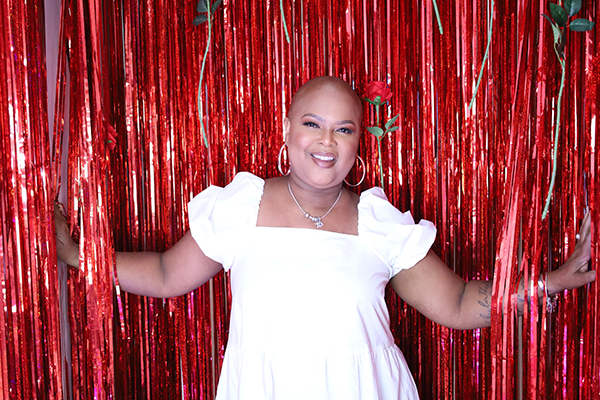


Recent Comments